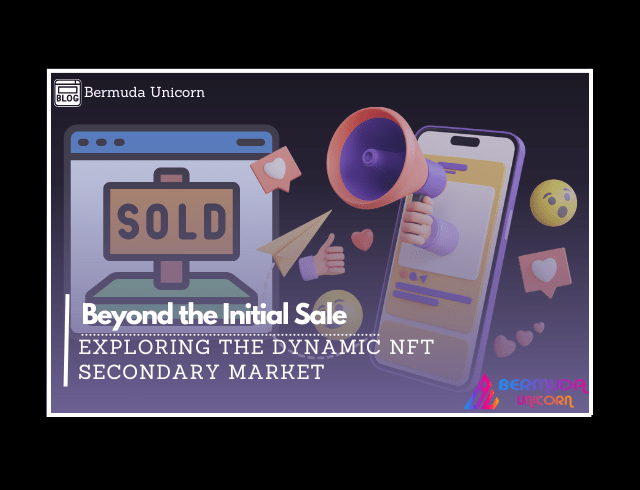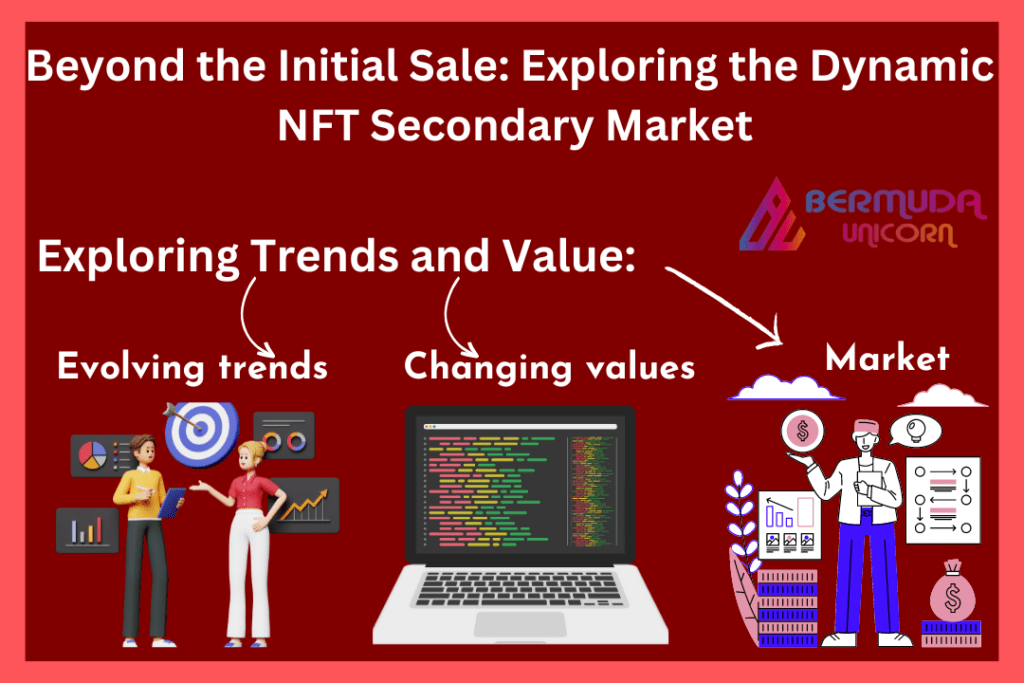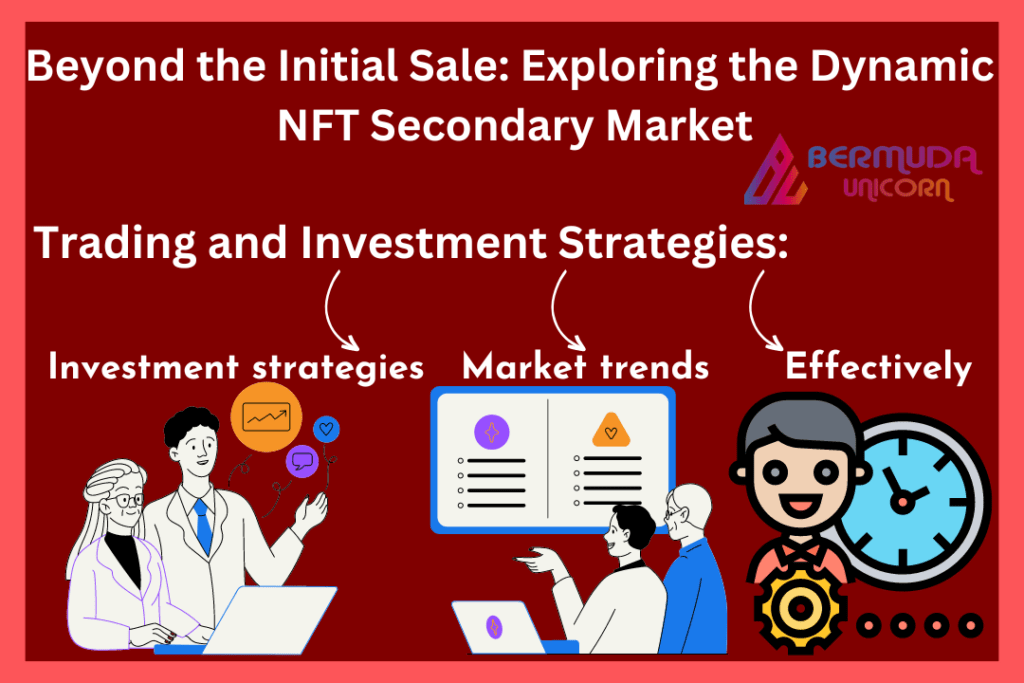

Introduction
In addition to revolutionizing the way we view and exchange digital assets, non-fungible tokens (NFTs) have also created a thriving secondary market. The dynamic secondary market for NFTs will be explored in depth in this blog, going beyond the original sale to look at patterns, platforms, and the changing value of these digital assets.
The Rise of the NFT Secondary Market
Once an NFT is initially sold by the creator or artist, it enters the secondary market, where it can be bought, sold, and traded among collectors. The secondary market offers a thriving ecosystem of opportunities for buyers and sellers, creating a dynamic marketplace fueled by demand, trends, and scarcity.
Exploring Trends and Value

The NFT secondary market is characterized by evolving trends and changing values. An NFT’s worth might change depending on elements like the popularity of the artist, the rarity of the work, or the importance of the digital asset. Participants may make better choices if they keep an eye on market developments and comprehend the elements that influence value.
Platforms and Marketplaces
A multitude of platforms and marketplaces cater to the NFT secondary market. Each platform offers its own unique features, user experience, and community. From well-established platforms like OpenSea and Rarible to niche marketplaces focusing on specific types of digital assets, exploring various platforms is key to finding the right audience and maximizing exposure for NFTs.
Trading and Investment Strategies

Participants in the NFT secondary market employ various trading and investment strategies. Some buy and hold NFTs for long-term appreciation, while others engage in active trading to take advantage of short-term market trends. Understanding different strategies, analyzing market data, and staying informed can help participants navigate this dynamic market more effectively.
NFT Curation and Discoverability
As the NFT ecosystem grows, the importance of curation and discoverability becomes paramount. Artists and collectors need to actively curate their collections, build a strong reputation, and engage with the community to increase visibility and enhance the desirability of their NFTs.
Conclusion
The NFT secondary market opens up a world of opportunities beyond the initial sale. Understanding market trends, exploring various platforms, and employing effective trading strategies are essential for participants looking to maximize the potential of their NFTs. As the market evolves, embracing the dynamic nature of the NFT secondary market can lead to exciting discoveries, valuable acquisitions, and a thriving presence within the digital asset community.